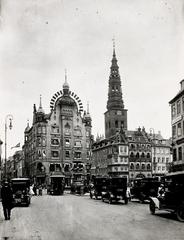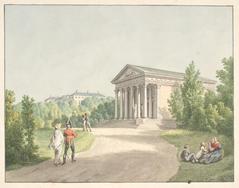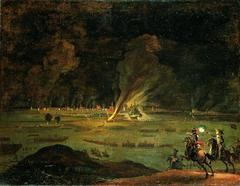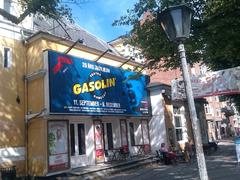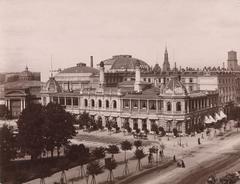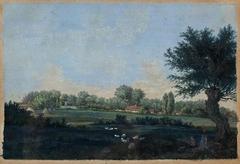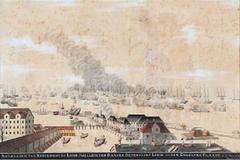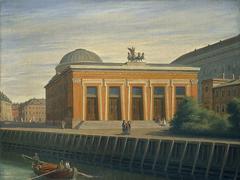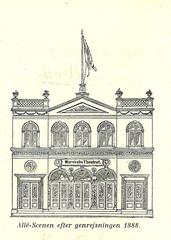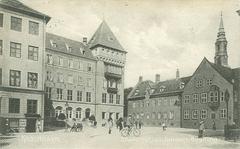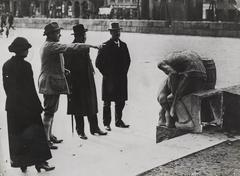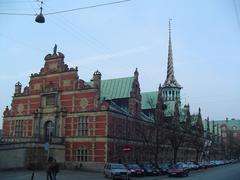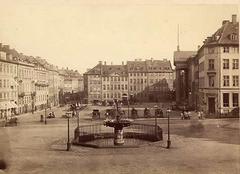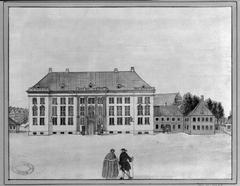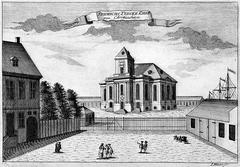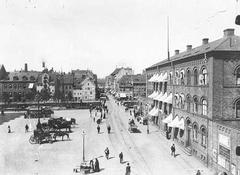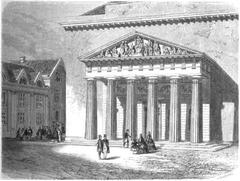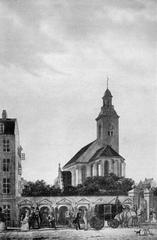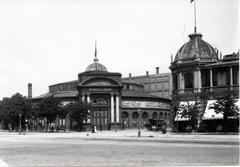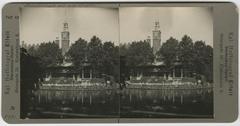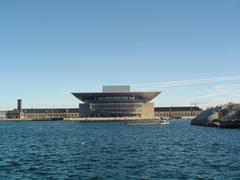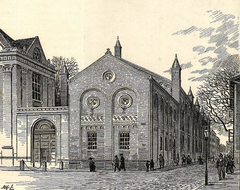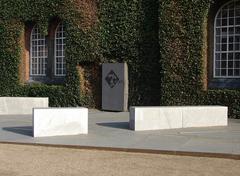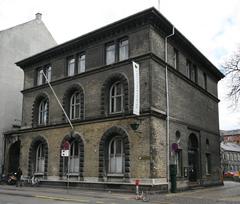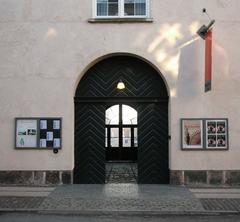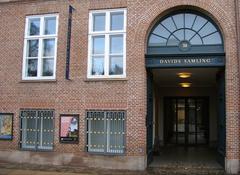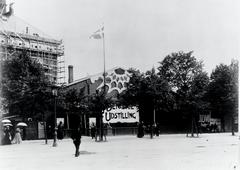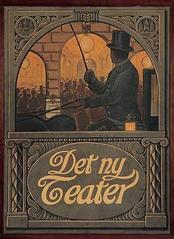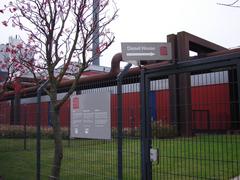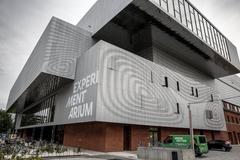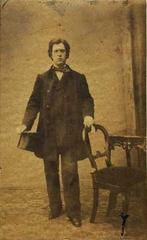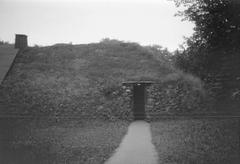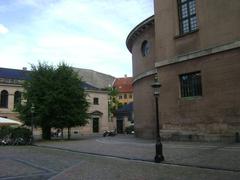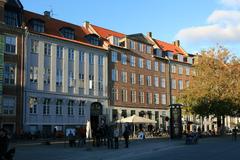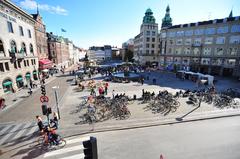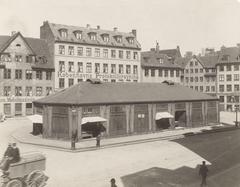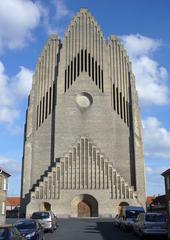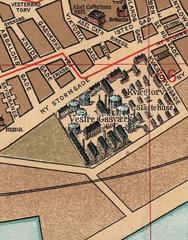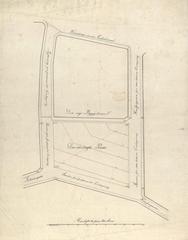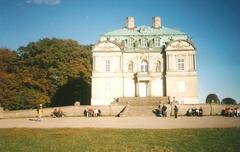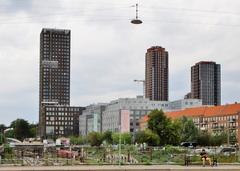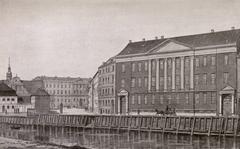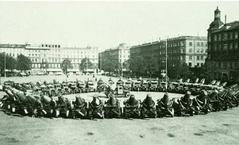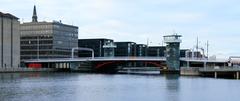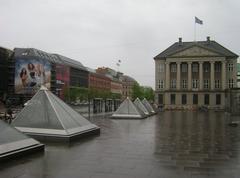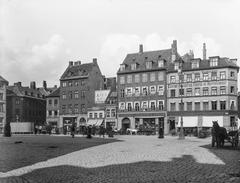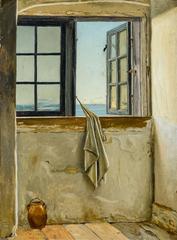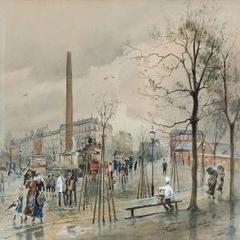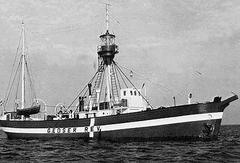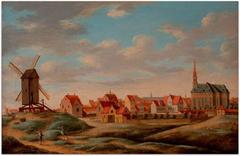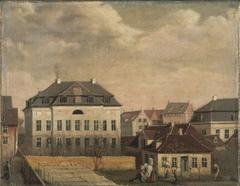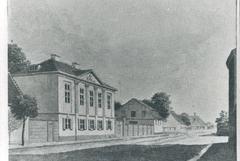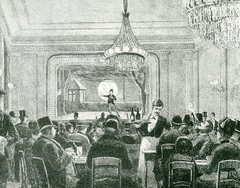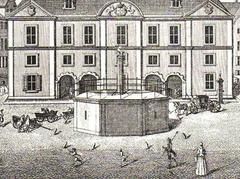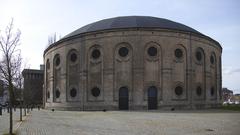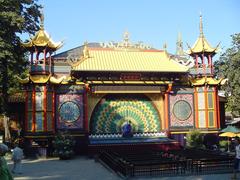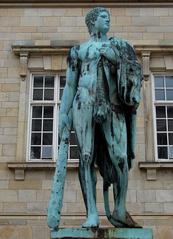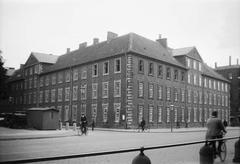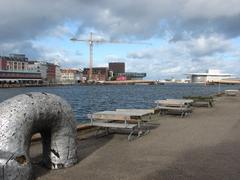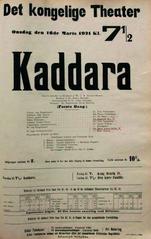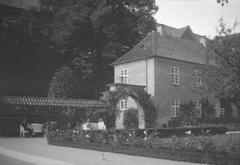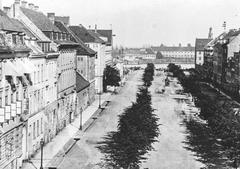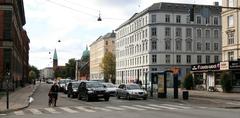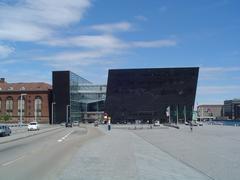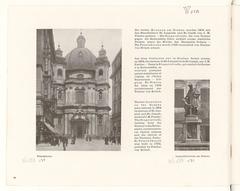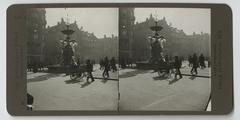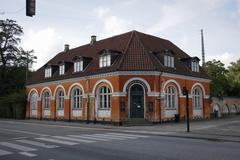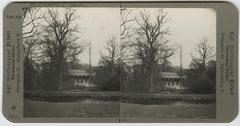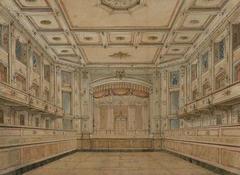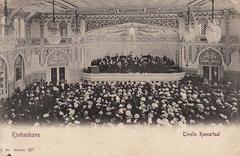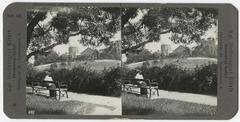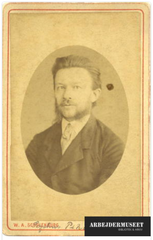Tivoli Gardens: Visiting Hours, Tickets, and Tips
Date: 16/07/2024
Introduction
Nestled in the heart of Copenhagen, Denmark, Tivoli Gardens is a timeless attraction that has been enchanting visitors since its opening in 1843. As one of the world’s oldest amusement parks, Tivoli Gardens offers a captivating blend of history, culture, and modern entertainment. Founded by Georg Carstensen with the vision to create a haven where people could escape the rigors of everyday life, the park has since evolved into a cultural landmark (Tivoli Gardens History). This guide will provide a comprehensive overview of Tivoli Gardens, exploring its rich history, modern attractions, essential visitor information, and tips for making the most of your visit. Whether you’re a thrill-seeker, a history enthusiast, or someone looking for a picturesque escape, Tivoli Gardens promises an unforgettable experience.
Table of Contents
- Introduction
- Founding and Early Years
- 19th Century Development
- World War II and Reconstruction
- Post-War Expansion and Modernization
- Cultural Significance and Influence
- Architectural and Artistic Contributions
- Technological Advancements
- Preservation and Sustainability
- Recent Developments and Future Plans
- Visitor Information
- Nearby Attractions
- Conclusion
- FAQ
- Call to Action
Founding and Early Years
Tivoli Gardens, located in the heart of Copenhagen, Denmark, is one of the world’s oldest amusement parks. It was founded by Georg Carstensen, a Danish officer, who received permission from King Christian VIII to create the park. Tivoli Gardens officially opened its gates on August 15, 1843. Carstensen’s vision was to create a place where people could escape the rigors of everyday life, and he famously stated, “When the people are amusing themselves, they do not think about politics” (Tivoli Gardens History).
19th Century Development
In its early years, Tivoli Gardens quickly became a popular destination for both locals and tourists. The park featured a variety of attractions, including a theater, bandstands, restaurants, and flower gardens. One of the earliest and most notable attractions was the wooden roller coaster, Rutschebanen, which was built in 1914 and is still in operation today. The park’s design was influenced by the romantic garden movement, with winding pathways, lush greenery, and picturesque pavilions.
World War II and Reconstruction
During World War II, Tivoli Gardens faced significant challenges. In 1943, the park was bombed by the Nazi occupation forces, resulting in extensive damage. However, the Danish spirit of resilience shone through, and the park was quickly rebuilt. The reconstruction efforts were led by architect Poul Henningsen, who introduced modernist elements to the park’s design. This period also saw the introduction of new attractions, such as the iconic Pantomime Theatre, which features a mechanical peacock curtain (Tivoli Gardens WWII).
Post-War Expansion and Modernization
The post-war era marked a period of expansion and modernization for Tivoli Gardens. In the 1950s and 1960s, the park introduced several new rides and attractions, including the Ferris wheel and the Bumper Cars. The park also expanded its entertainment offerings, hosting concerts by famous artists such as Louis Armstrong and Duke Ellington. In 1956, the park introduced the Tivoli Boys Guard, a youth marching band that has become a beloved tradition.
Cultural Significance and Influence
Tivoli Gardens has played a significant role in Danish culture and has influenced amusement parks worldwide. Walt Disney visited Tivoli Gardens in the early 1950s and was inspired by its design and atmosphere when creating Disneyland. The park’s blend of entertainment, culture, and natural beauty has made it a model for amusement parks around the globe. Tivoli Gardens is also known for its seasonal events, such as the Christmas market and Halloween celebrations, which attract visitors from all over the world (Tivoli Gardens Influence).
Architectural and Artistic Contributions
Throughout its history, Tivoli Gardens has been a showcase for architectural and artistic innovation. The park features a mix of architectural styles, from the Moorish-inspired Nimb Hotel to the Chinese-style Pantomime Theatre. The park’s gardens are meticulously maintained and feature a variety of sculptures and fountains. Notable artists, such as the Danish painter Vilhelm Pedersen, have contributed to the park’s aesthetic, creating a unique blend of art and nature.
Technological Advancements
Tivoli Gardens has continually embraced technological advancements to enhance the visitor experience. In the 1980s, the park introduced computer-controlled lighting systems, which allowed for more elaborate and synchronized light shows. The park also invested in state-of-the-art ride technology, ensuring that attractions are both thrilling and safe. In recent years, Tivoli Gardens has incorporated digital technology, such as mobile apps and virtual reality experiences, to engage a new generation of visitors (Tivoli Gardens Technology).
Preservation and Sustainability
As one of the oldest amusement parks in the world, Tivoli Gardens places a strong emphasis on preservation and sustainability. The park has implemented various initiatives to reduce its environmental impact, such as using energy-efficient lighting and promoting recycling. Tivoli Gardens also collaborates with local organizations to preserve the park’s historical and cultural heritage. These efforts ensure that future generations can continue to enjoy the park’s unique charm and beauty.
Recent Developments and Future Plans
In recent years, Tivoli Gardens has continued to evolve, introducing new attractions and experiences. In 2017, the park unveiled the Tivoli Corner, a modern building that houses shops, restaurants, and a food hall. The park also introduced the Fatamorgana ride, a triple tower that offers different ride experiences in one structure. Looking ahead, Tivoli Gardens plans to further expand its offerings, with a focus on creating immersive and interactive experiences for visitors of all ages (Tivoli Gardens Future).
Visitor Information
Planning a visit to Tivoli Gardens? Here’s what you need to know:
- Visiting Hours: The park is generally open from mid-April to late September, with additional openings during Halloween and Christmas seasons. Check the official website for exact dates and times.
- Tickets: Ticket prices vary depending on the season and type of entry (single visit, unlimited ride pass, etc.). Discounts are often available for children, seniors, and groups. Purchase tickets online for convenience and potential savings (Tivoli ticket page).
- Accessibility: Tivoli Gardens is committed to providing a welcoming experience for all visitors, including those with disabilities. The park offers accessible entrances, restrooms, and attractions. Visitors can also rent wheelchairs on-site (Tivoli accessibility page).
Nearby Attractions
While in Copenhagen, make the most of your trip by visiting nearby attractions:
- Nyhavn: A historic waterfront district known for its colorful buildings and lively atmosphere.
- The Little Mermaid Statue: One of Copenhagen’s most iconic landmarks, inspired by Hans Christian Andersen’s fairy tale.
- Rosenborg Castle: A Renaissance castle that houses the Danish crown jewels and royal regalia.
- National Museum of Denmark: Explore Danish history and culture through fascinating exhibits and artifacts.
Conclusion
Tivoli Gardens’ rich history and cultural significance make it a must-visit destination for anyone traveling to Copenhagen. From its founding in 1843 to its modern-day innovations, the park has continually delighted and inspired visitors. Whether you’re interested in its historical architecture, thrilling rides, or seasonal events, Tivoli Gardens offers something for everyone. Don’t miss the chance to experience this enchanting amusement park and create unforgettable memories.
FAQ
Q: What are the Tivoli Gardens visiting hours? A: The park is generally open from mid-April to late September, with additional openings during Halloween and Christmas seasons. Check the official website for exact dates and times.
Q: How much do Tivoli Gardens tickets cost? A: Ticket prices vary depending on the season and type of entry (single visit, unlimited ride pass, etc.). Discounts are often available for children, seniors, and groups. Purchase tickets online for convenience and potential savings (Tivoli ticket page).
Q: Is Tivoli Gardens accessible for visitors with disabilities? A: Yes, Tivoli Gardens offers accessible entrances, restrooms, and attractions. Visitors can also rent wheelchairs on-site (Tivoli accessibility page).
Q: What are some nearby attractions to Tivoli Gardens? A: Nearby attractions include Nyhavn, The Little Mermaid Statue, Rosenborg Castle, and the National Museum of Denmark.
Call to Action
Plan your visit to Tivoli Gardens today and immerse yourself in a world of history and wonder. Download our mobile app for more tips, check out related posts on our website, and follow us on social media for the latest updates and exclusive offers.
References
- Tivoli Gardens History https://www.tivoli.dk/en/om/historie
- Tivoli Gardens WWII https://www.tivoli.dk/en/om/historie
- Tivoli Gardens Influence https://www.tivoli.dk/en/om/historie
- Tivoli Gardens Technology https://www.tivoli.dk/en/om/historie
- Tivoli Gardens Future https://www.tivoli.dk/en/om/historie
- Tivoli ticket page https://www.tivoli.dk/en/praktisk/entre
- Tivoli events calendar https://www.tivoli.dk/en/oplevelser/kalender
- Tivoli accessibility page https://www.tivoli.dk/en/praktisk/tilgaengelighed
- Tivoli safety page https://www.tivoli.dk/en/praktisk/sikkerhed
- Tivoli shopping page https://www.tivoli.dk/en/oplevelser/shopping
- Tivoli family page https://www.tivoli.dk/en/oplevelser/familie
- Tivoli tours page https://www.tivoli.dk/en/oplevelser/rundvisninger
